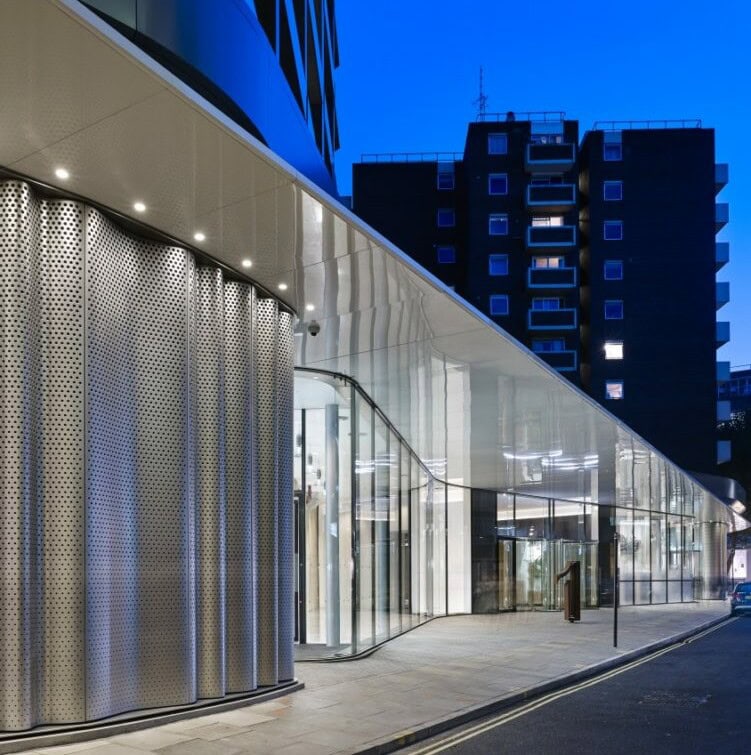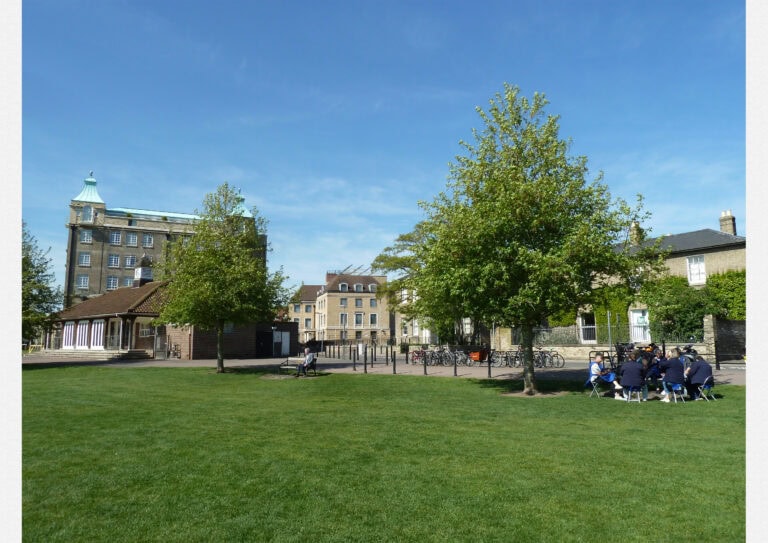134-138 Edmund Street

Key Sustainability Objectives/ Outcomes
Operational energy performance
The software identified inefficiencies such as the plant running times being inconsistent with occupant hours, meaning vacant floors often had air conditioning units running. Flawed air recirculation strategies were also in place that did not fully utilise the available heat recovery/energy conserving functionality, due to ineffective Building Management System (BMS) control.
After the completion of the initial actions to address these issues, the electricity consumption in November/December reduced from a baseline of approximately 4800 kWh/day to 3800kWh/day (-20%), equating to cost savings of more than £100,000. Virtual meters also estimate a reduction of around 25% in gas consumption from boilers. The platform was key in facilitating collaboration between tenants, the landlord and the operations/facilities management (FM) team.
Lessons Learnt
Smart building systems can provide transparency of the building services operation and performance which can allow users to:
- Identify plant operational anomalies
- Provide live online environment where anomalies are turned into workflow
- Facilitate collaboration between operational teams and senior stakeholders
- Measure and verify savings
- Highlight slip back
Significant cost and carbon savings can be achieved through analysing and optimising the use of the plant: As is common in building services operations a lot of the plant was operating 24/7 and un-seasonally – i.e. cooling systems operating in winter. This is likely due to FM teams responding to complaints from occupants – e.g. hot and cold calls. Such actions often lead to drastic changes to temperature setpoints in response to a complaint, subsequently causing conflict between adjacent heating and cooling systems. This in turn leads to further complaints and further inappropriate control changes. As complaints increase further measures are often taken such as increasing plant operational hours in attempts to establish better control.
Early collaboration with FM team, operations team and tenants is key: It is important to ensure that FM teams are informed of the processes in advance and given the mandate to dedicate maintenance hours to energy conservation measures. In turn, tenants must be consulted to ensure efforts to reduce energy consumption do not lead to poor internal environmental conditions.
The Demand Logic software platform that was used on this project facilitates collaboration between the relevant teams, and Grosvenor is considering opening this up to tenants as part of ongoing engagement initiatives.





Related members
Related
1 & 2 Stephen Street

Minerva House

Havelock

The Entopia Building

